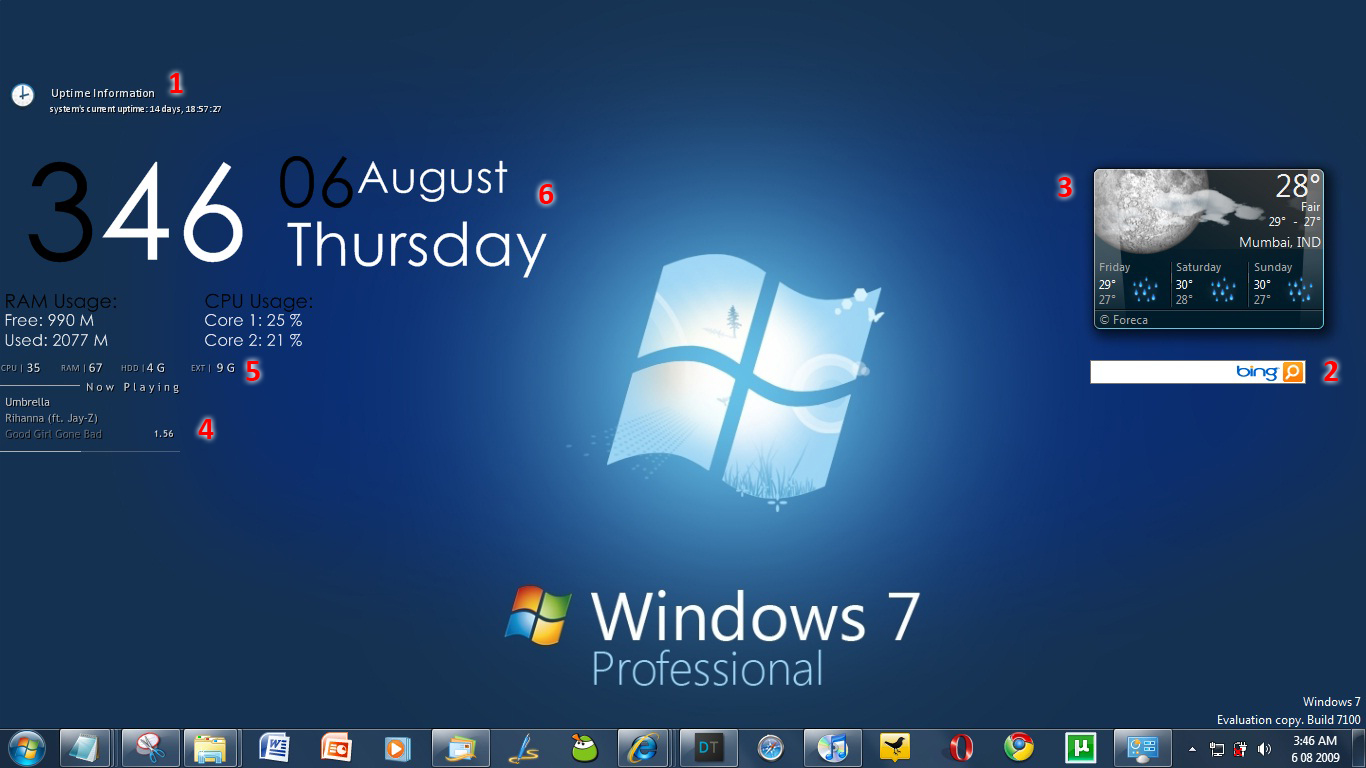

The introduction of user-friendly features such as File Manager, Print Manager and Program Manager renders Windows 3 a very attractive package for both business and personal use. It is also used in IBM’s OS/2 and the X Window System of Unix. WIMP stood for windows/icons/mouse/pull-down menus (or p for pointer.) It was used in early Apple machines and Microsoft uses the concept as the basis for Windows.

Xerox had developed a WIMP user interface at its Palo Alto Research Lab. Microsoft begins searching for a more user-friendly platform that did not require knowledge of DOS commands. After that, DOS was still available, but not needed to run Windows. The final version was MS-DOS 6.22 which became the underlying operating system for Windows 95, 98 and ME. This was named PC-DOS, and Bill Gates, ever forward-looking, retained the rights to create a version specifically for Microsoft known as MS-DOS.Įach of these was driven by commands made from a ‘command prompt’ in the form of C:> The command was textual and activated by a carriage return or ‘Enter.’ Initially, Microsoft designed Windows to run on top of MS-DOS, generally referred to simply as DOS. When IBM was developing a PC, the company approached a new company, Microsoft Corporation, to develop an operating system. In the early days of personal computers, the operating system was known as DOS (Disk Operating System) and variants.

Steady Evolution – And Cortana Early PC Operating Systems


 0 kommentar(er)
0 kommentar(er)
